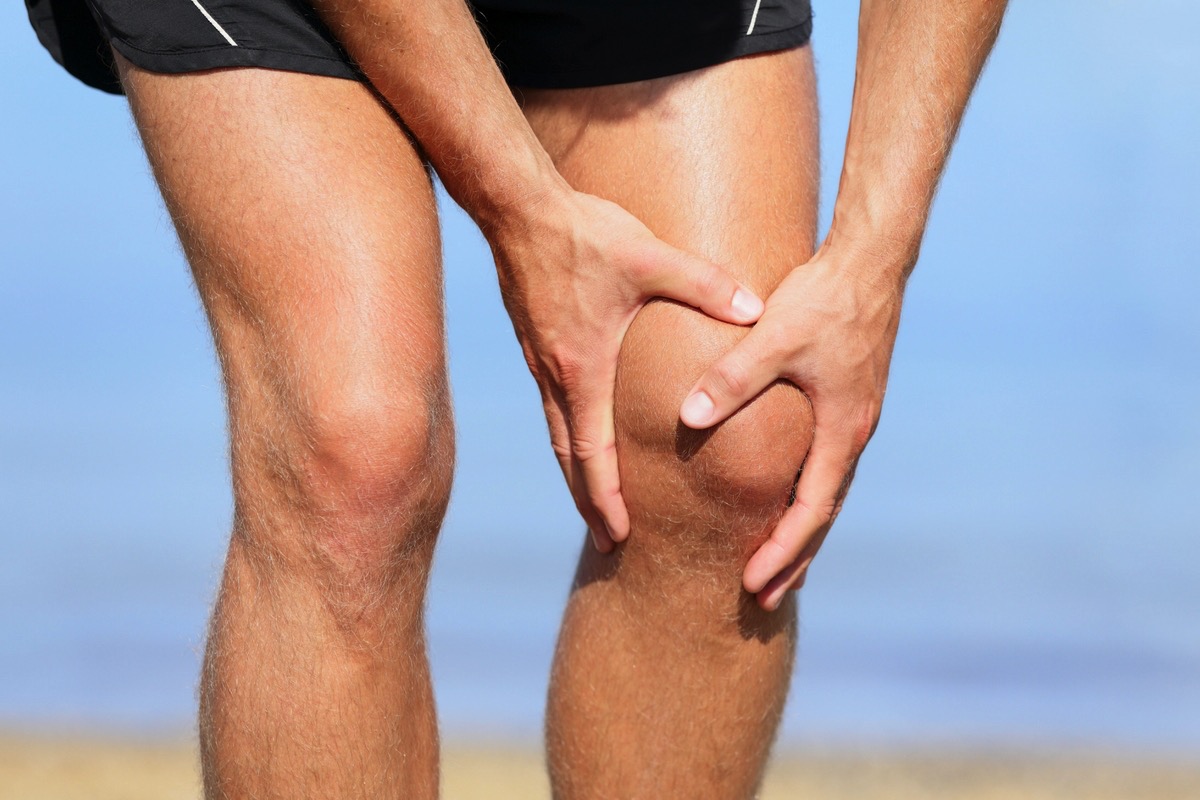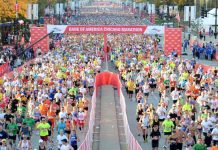There is nothing more exhilarating than going for a run out in the open. Not only is running a great exercise, it also strengthens your muscles, helps you lose weight, and uplifts your mood, among other benefits.
However, constant running can strain your knees and cause injuries. In today’s article, we discuss some knee injury recovery tips for runners.
Why Do Runners Develop Injuries?
Runners are susceptible to injuries due to several factors:
Overuse
While fitness goals are worth pursuing, you shouldn’t push yourself to the max. That is why, when you start running, don’t push your limits and increase your mileage too quickly. Also, take breaks during the run. Otherwise you can damage the ligaments, muscles, and tendons surrounding your knee joint. As a result, you may develop conditions like tendinitis.
In a similar vein, You should have proper stretching and warm-ups before you run, and a cool-down motion as you finish. Failure to do so can cause tightness in the muscles and increase the risk of injury.
Biomechanical Issues
Some people don’t have the same leg length. Other runners naturally experience excessive inward rolling of the foot. Both these conditions can strain your knee joint and raise the risk of injury.
Likewise, if you have weakness or imbalance in the quadriceps, hamstrings, and hip abductors, it can cause the knee joint to become unstable and increase the risk of injury. Not to mention, past knee injuries can also be an issue, even after they heal, if you don’t care for them properly.
Loose or too Tight Footwear
Insufficient support or cushioning, or running shoes that are too small or worn out also make you susceptible to injuries.
Running on an uneven surface.
If you are constantly running on hard, uneven surfaces like concrete or asphalt, it can cause wear and tear on the knees by increasing impact pressure. .
Some runners also develop patellofemoral pain syndrome (PFPS) or runner’s knee.
What Is A Runner’s Knee?
Runner’s knee is characterized by pain around or behind the kneecap (patella). One underlying cause is bursitis, specifically prepatellar bursitis. It occurs when the small fluid-filled sac (bursa) in front of the kneecap is inflamed. If you notice symptoms like pain, inflammation, or cracking, consult a doctor immediately.
Knee Injury Recovery Tips For Runners
So how do you recover from a knee injury?
Get Proper-Fitting Shoes
As mentioned above, you should have well-fitting running shoes to reduce impact forces on the knees. Shoes with sufficient cushioning and support can help.
Know how you Run
If you want maximum benefits from running while reducing injuries, pay attention to your running form. Use techniques that lessen strain on the knees and help distribute forces more evenly throughout the lower body. These include keeping an erect stance, landing with a midfoot strike, and avoiding overstrides.
Strength Training
Moving on, you should also do exercises that target the hip abductors, hamstrings, and quadriceps. It has the potential to reduce discomfort and enhance stability in the knee joint area.
Low-Impact Activities
Finally, low-impact activities like riding a sitting stationary bike can lessen the strain on the knees while preserving your cardiovascular fitness.
Is It Possible To Run With A Runner’s Knee?
Sure, but it depends on the severity of the condition and your pain threshold. Here are some things to think about:
- Tolerance to pain: There is a range of pain levels. So a runner can keep running even with some degree of discomfort. This is a mistake! Pay attention to your body and avoid activities that make you feel worse.
- Reevaluate Your Running Routine: Alter your running frequency, timing, and intensity. So reduce your mileage, reduce your speed, or take more rest days.
- Cross-training: Moving on you should incorporate other training activities but not high-impact ones. These include swimming and cycling. This helps you to burn calories, keep your weight in check, and give you cardiovascular exercise without straining your knees.
- Warm-up and cool-down: It can help increase flexibility and lessen knee strain. Dynamic warm-up exercises should be performed before running, and static stretching should be done after.
- Supportive Gear: Adding extra stability and reducing pain when running can be achieved by using knee braces or sleeves.
When To See A Doctor?
When dealing with runner’s knee or other related knee issues, it’s best to consult a doctor if:
- The pain interferes with daily activities.
- It does not go away with rest, medicine, or therapy.
- There is noticeable swelling, a sense of instability, or trouble fully bending or straightening the knee.
- The knee pain prevents you from bearing weight.
Finally, you may require an evaluation if there is a history of recurrent knee pain, prior injuries, or persistent symptoms that do not go away with self-management.
Conclusion
To sum up, running enthusiasts can speed up the healing process, build stronger knee-supporting muscles, and progressively resume pain-free running by putting these strategies into practice.
After all, your knee health is also extremely important for your day to day life. So making sure that you recover from any knee injury as quickly as possible is paramount.
So, are you a runner facing any knee injury? If so, share with us your recovery plans and if you have any queries, do not hesitate to ask!
















